Experiences in translation
Tipo de material: TextoSeries Toronto Italian Studies. Goggio Publication SeriesDetalles de publicación: Toronto : University of Toronto , reimp. 2012Descripción: 135 pISBN:
TextoSeries Toronto Italian Studies. Goggio Publication SeriesDetalles de publicación: Toronto : University of Toronto , reimp. 2012Descripción: 135 pISBN: - 978-0-8020-9614-2
| Tipo de ítem | Biblioteca actual | Colección | Signatura topográfica | Estado | Fecha de vencimiento | Código de barras | |
|---|---|---|---|---|---|---|---|
 Monografías
Monografías
|
Biblioteca Bartolomé Mitre | Colección General | 81'25=111 E62ex (Navegar estantería(Abre debajo)) | Disponible | 4002 |
Navegando Biblioteca Bartolomé Mitre estanterías, Colección: Colección General Cerrar el navegador de estanterías (Oculta el navegador de estanterías)
| 81'25=111 CHE Memes of translation the spread of ideas in translation theory | 81'25=111 CHE Reflections on translation theory selected papers 1993-2014 | 81'25=111 CHE Can theory help translators? a dialogue between the ivory tower and the wordface | 81'25=111 E62ex Experiences in translation | 81'25=111 F282 Translation and language linguistic theories explained | 81'25=111 G265 How to be a successful freelance translator make translation work for you | 81'25=111 G289 Contemporary translation theories |
Based on Goggio public lectures presented Oct. 7, 9, 13, 1998, at the Faculty of Information Studies, Univ. of Toronto.
In this book Umberto Eco argues that translation is not about comparing two languages, but about the interpretation of a text in two different languages, thus involving a shift between cultures. An author whose works have appeared in many languages, Eco is also the translator of Gérard de Nerval's Sylvie and Raymond Queneau's Exercices de style from French into Italian. In Experiences in Translation he draws on his substantial practical experience to identify and discuss some central problems of translation. As he convincingly demonstrates, a translation can express an evident deep sense of a text even when violating both lexical and referential faithfulness. Depicting translation as a semiotic task, he uses a wide range of source materials as illustration: the translations of his own and other novels, translations of the dialogue of American films into Italian, and various versions of the Bible. In the second part of his study he deals with translation theories proposed by Jakobson, Steiner, Peirce, and others. Overall, Eco identifies the different types of interpretive acts that count as translation. An enticing new typology emerges, based on his insistence on a common-sense approach and the necessity of taking a critical stance.
No hay comentarios en este titulo.

